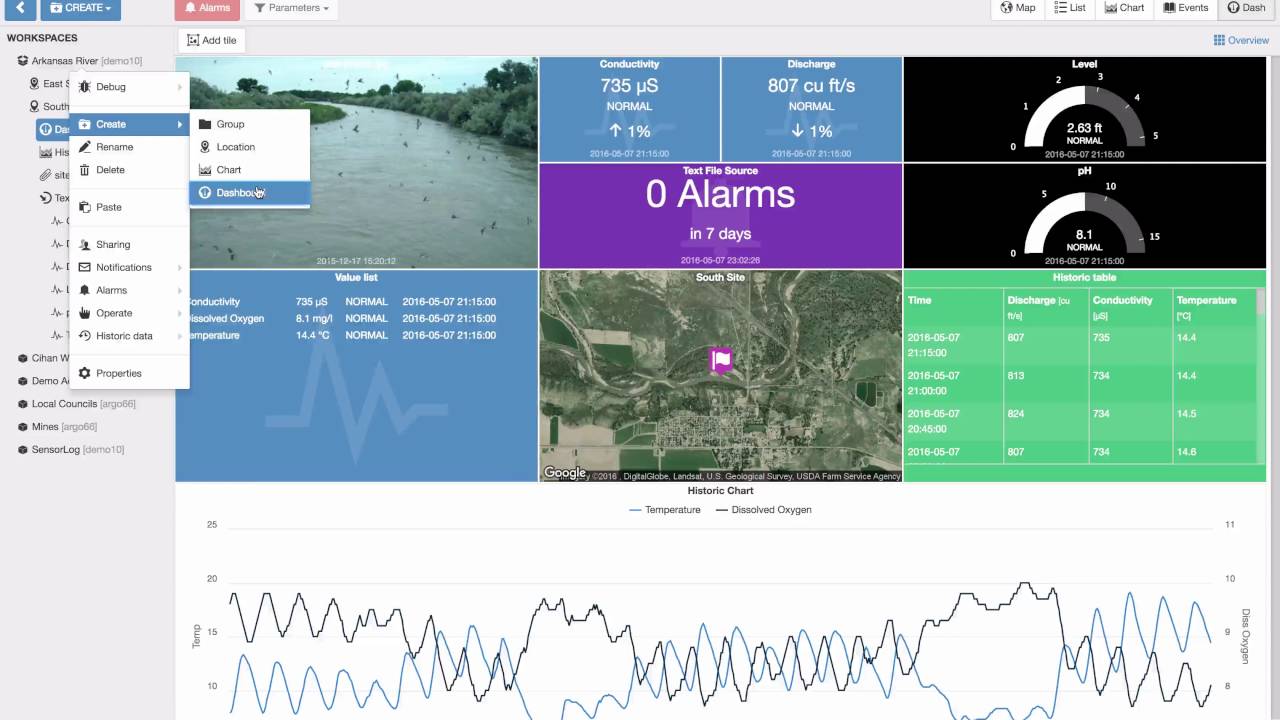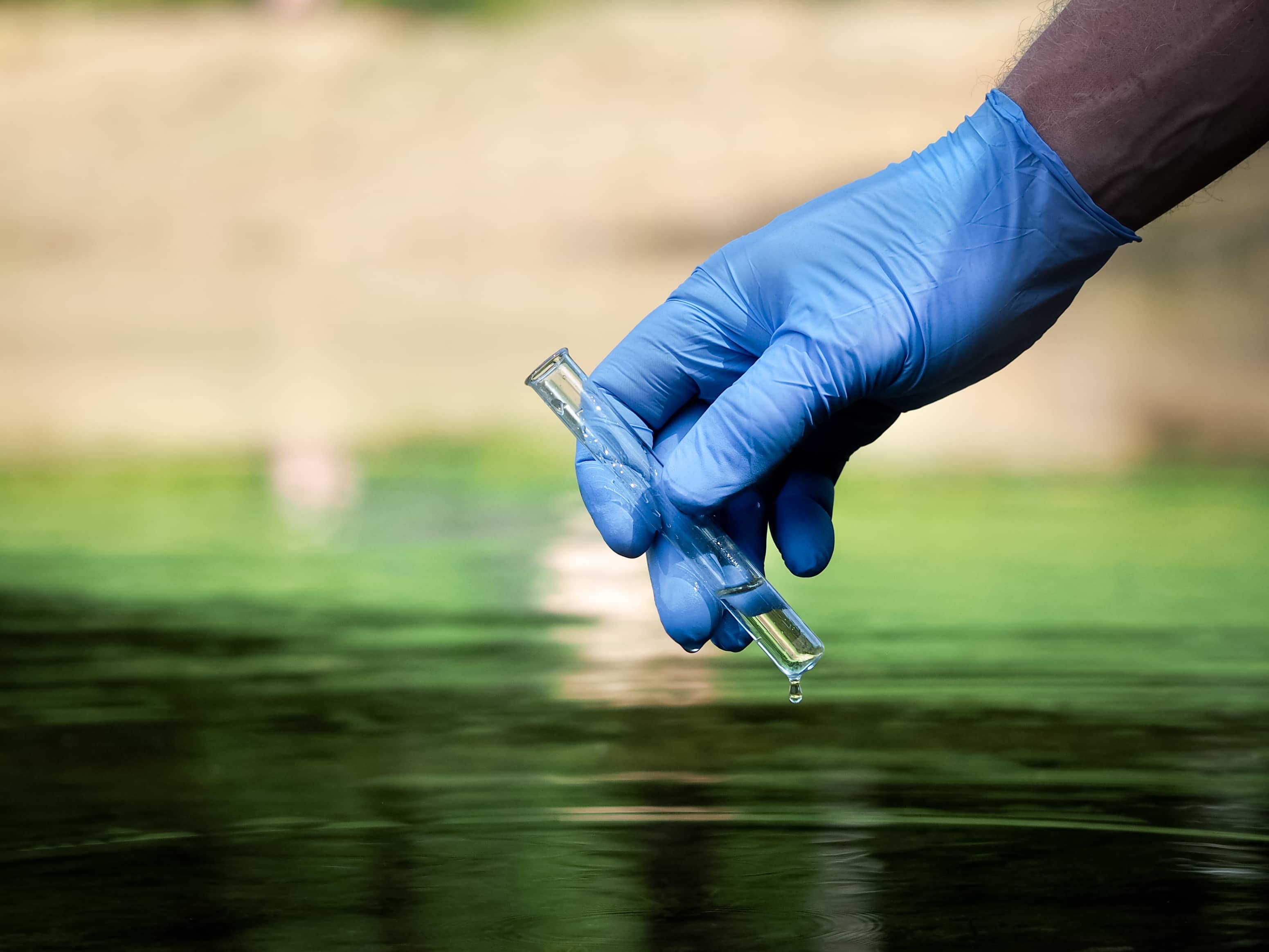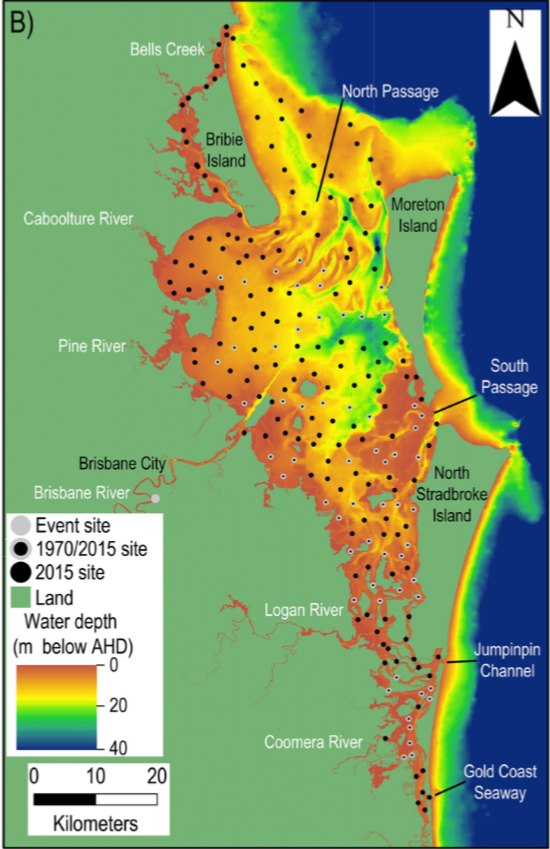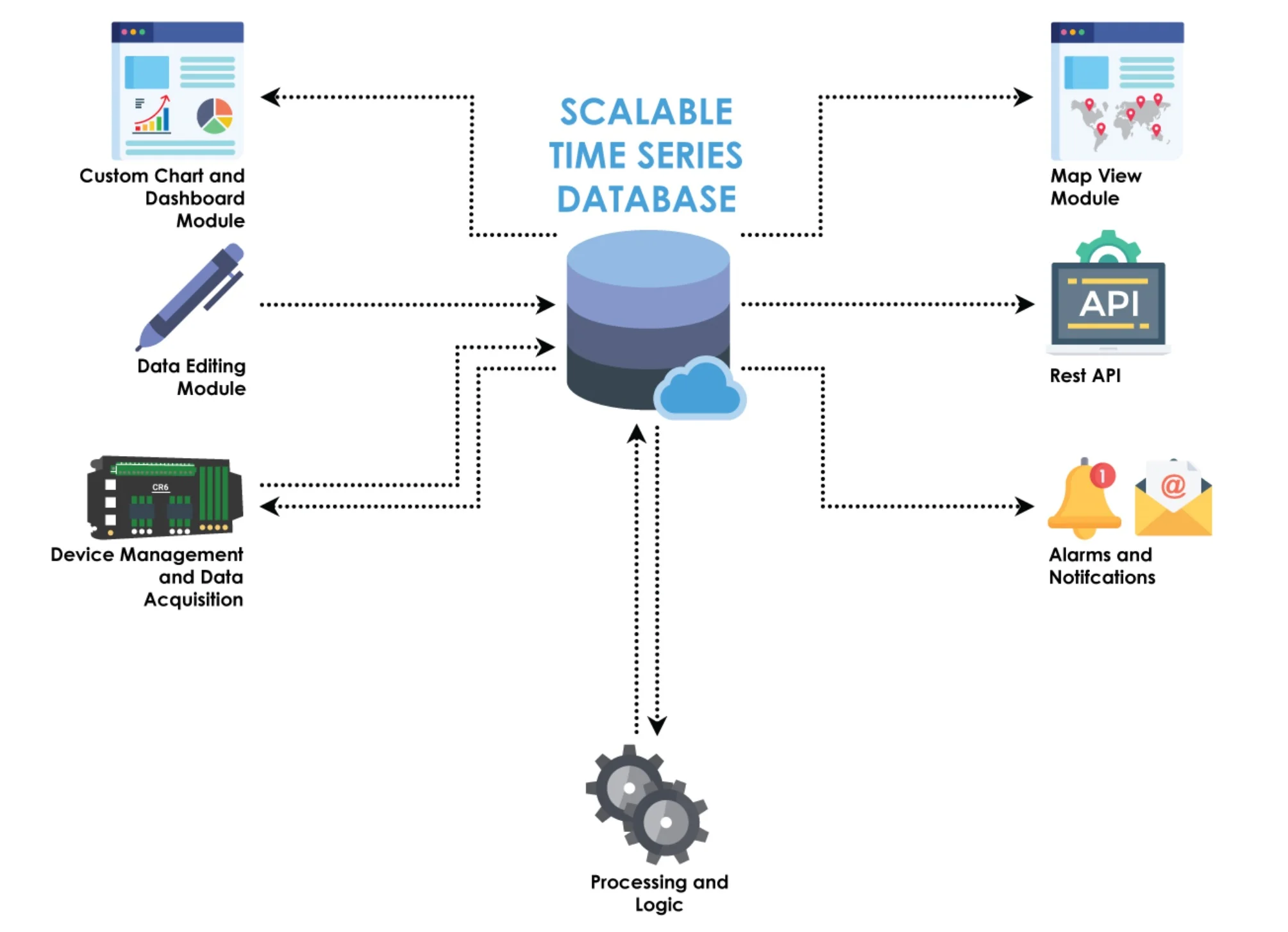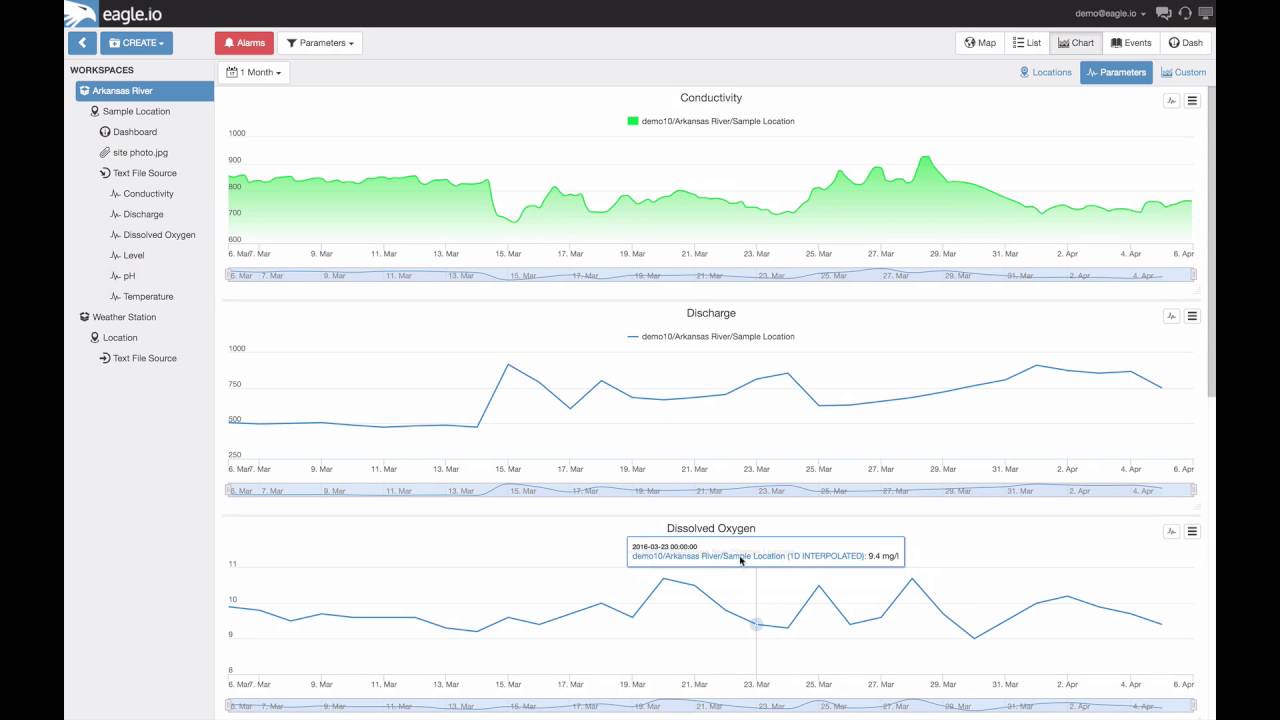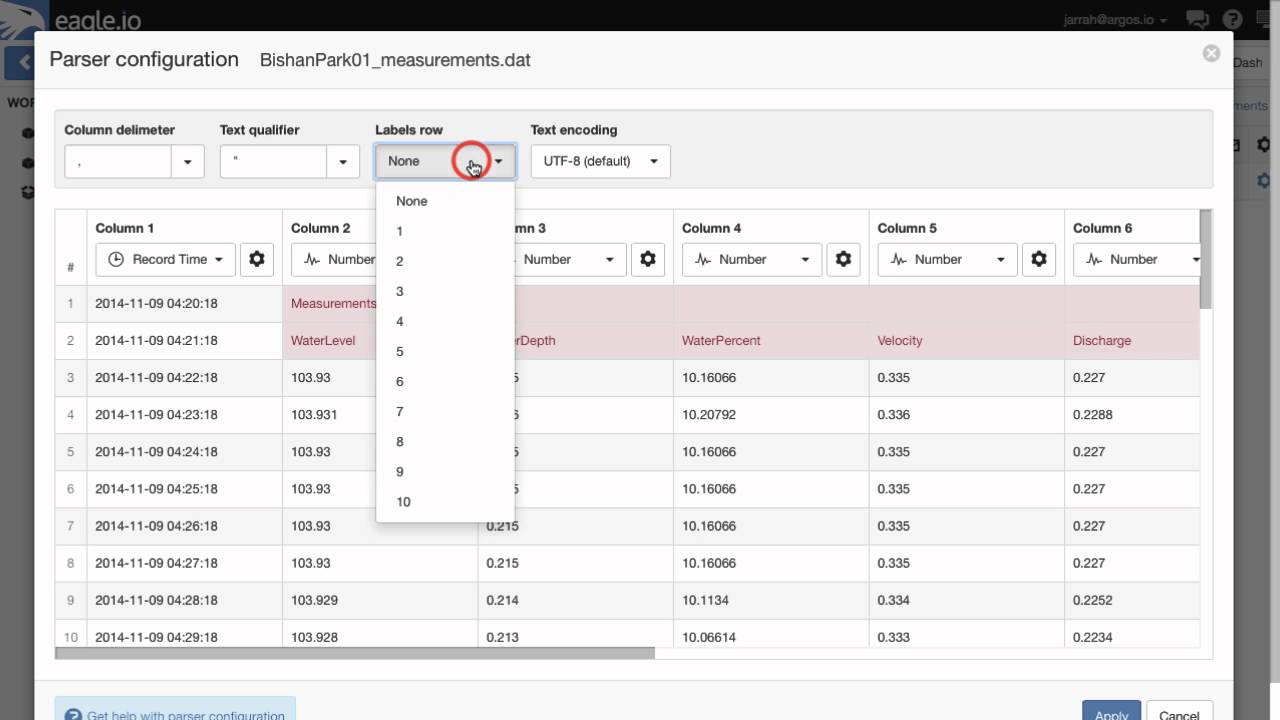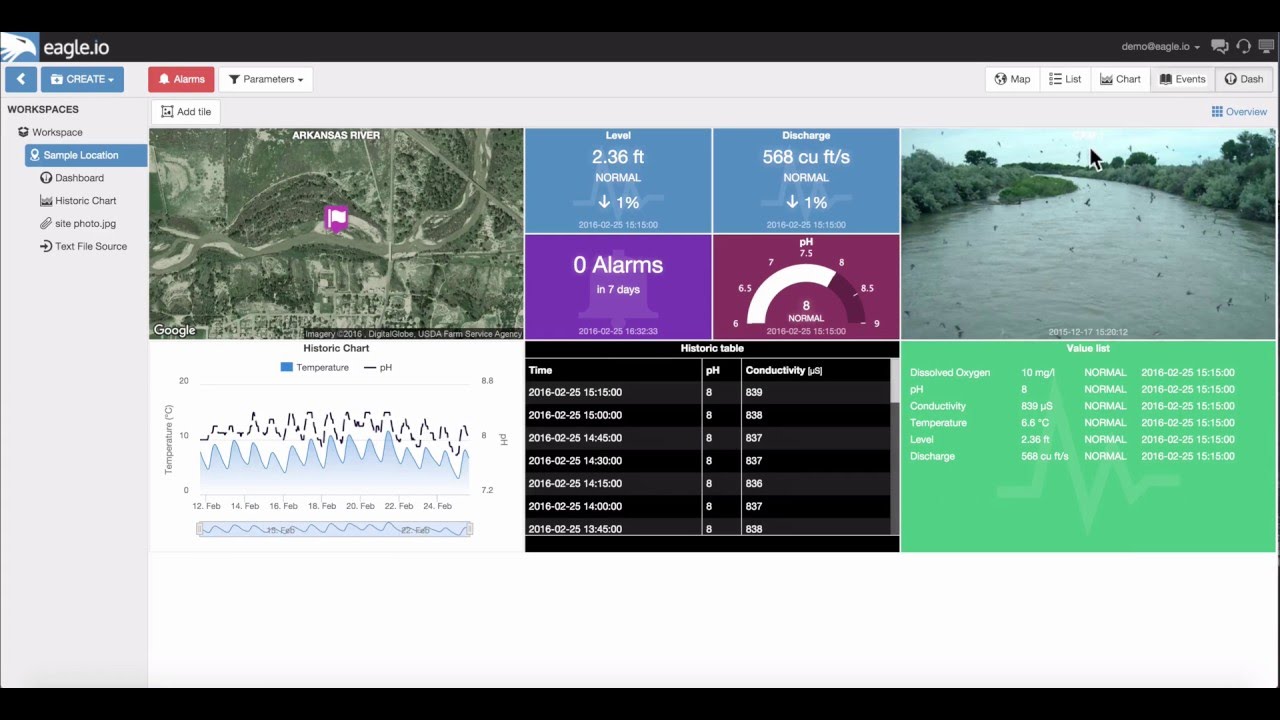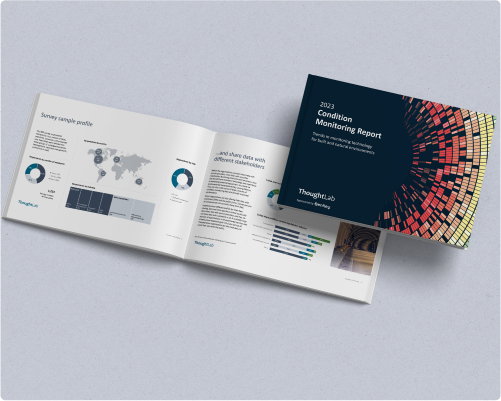Resource hub
Subscribe
7 February 2024
Featured
Hydrometry
Environmental Manager/Owner
Blog
All
Metocean
Air & Noise
7 February 2024
Environmental Technician
Environmental Manager/Owner
Blog
Asset Owner
All
7 February 2024
Environmental Technician
Environmental Manager/Owner
Australia
Blog
7 February 2024
Environmental Technician
Environmental Manager/Owner
Blog
Asset Owner
All
7 February 2024
Environmental Technician
Environmental Manager/Owner
Australia
Blog
7 February 2024
Environmental Technician
Environmental Manager/Owner
Australia


